There can be your advertisement
300x150
Architecture and Design in Cinema: Films That Develop Visual Culture
Movies that develop visual culture and aesthetic sense
Cinema is not only stories and characters. It is also a visual experience where architecture and interior design play an important role. Let's explore which films you should watch to enhance your visual inspiration in design and architecture.
Hotel Grand Budapest: When Interior Design Becomes the Main Character
Wes Anderson's "The Grand Budapest Hotel" (2014) is a true feast for the eyes of design lovers. The director is known for his attention to detail, and here he surpassed himself.
The hotel interiors are a blend of Art Nouveau and Eastern European glamour from the early 20th century. Every frame of the film can be analyzed for color schemes and compositional choices. The hotel lobby, with its pink walls and red carpets, is especially impressive.
Interesting Fact: The abandoned department store in the German city of Gera was used for filming. The design team completely transformed the building, creating an atmosphere of a luxurious 1930s hotel.
Columbus: When the City Becomes the Main Character
"Columbus" (2017) by Kogonada is a true gift for lovers of modernist architecture. The film was shot in the real city of Columbus, Indiana, known for its unique architecture.
The movie features works by famous architects such as Eero Saarinen, I.M. Pei, and Robert Venturi. The camera lingers on buildings, allowing the viewer to enjoy their forms and details.
Especially impressive is the library designed by Pei—its geometric forms and play of light become an important part of the narrative.
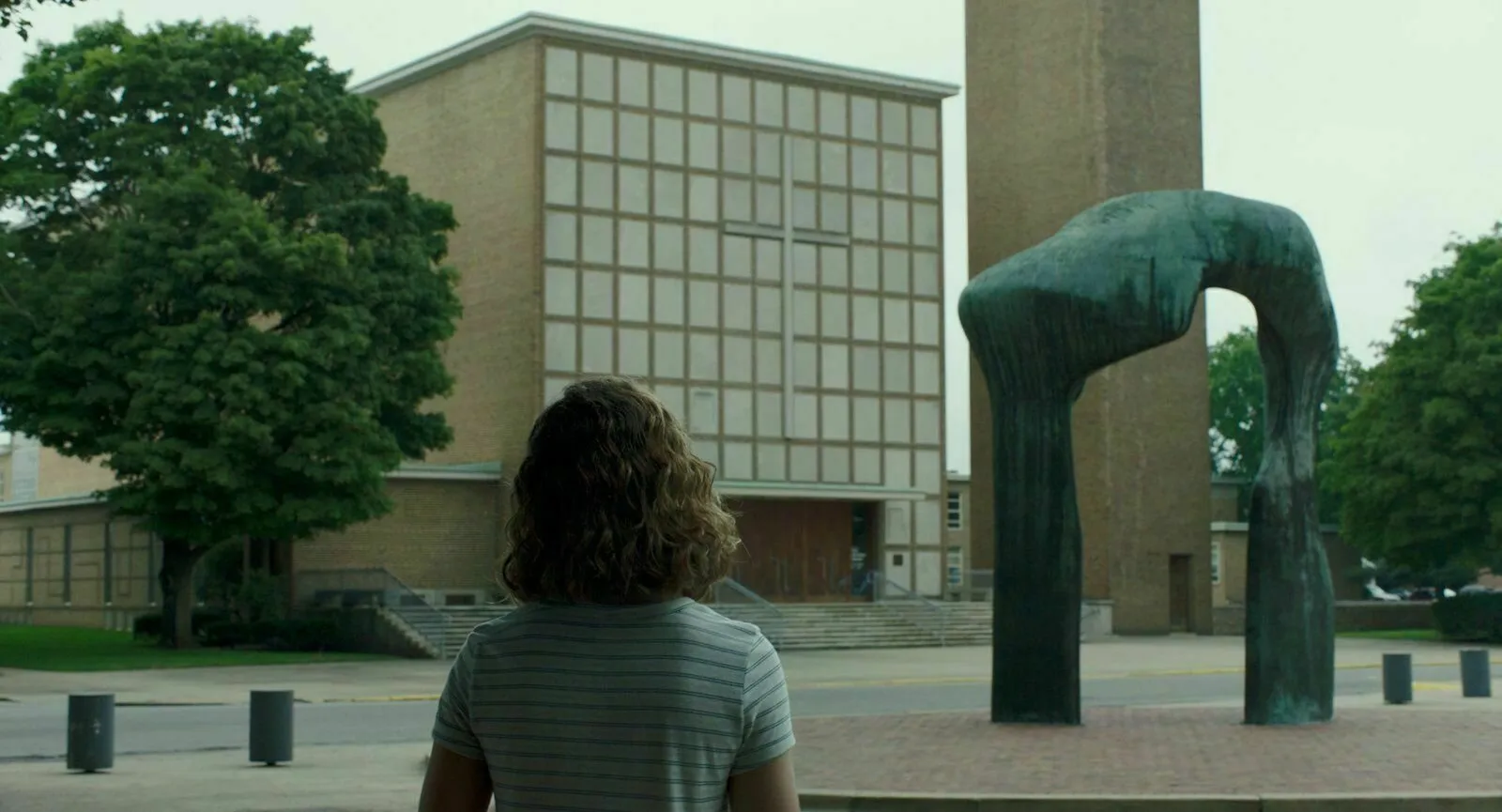
"I Am Love": Italian Modernism in All Its Glory
Luca Guadagnino's Italian drama "I Am Love" (2009) is not only a story of passion but also an exploration of how architecture influences human life.
The action takes place in the villa of Nemi-Campiglia in Milan—a masterpiece of Italian modernism. The interiors, with their strict lines and refined materials, reflect the personalities of the main characters.
It is interesting that director Guadagnino himself is passionate about interior design and personally participated in selecting the filming locations.
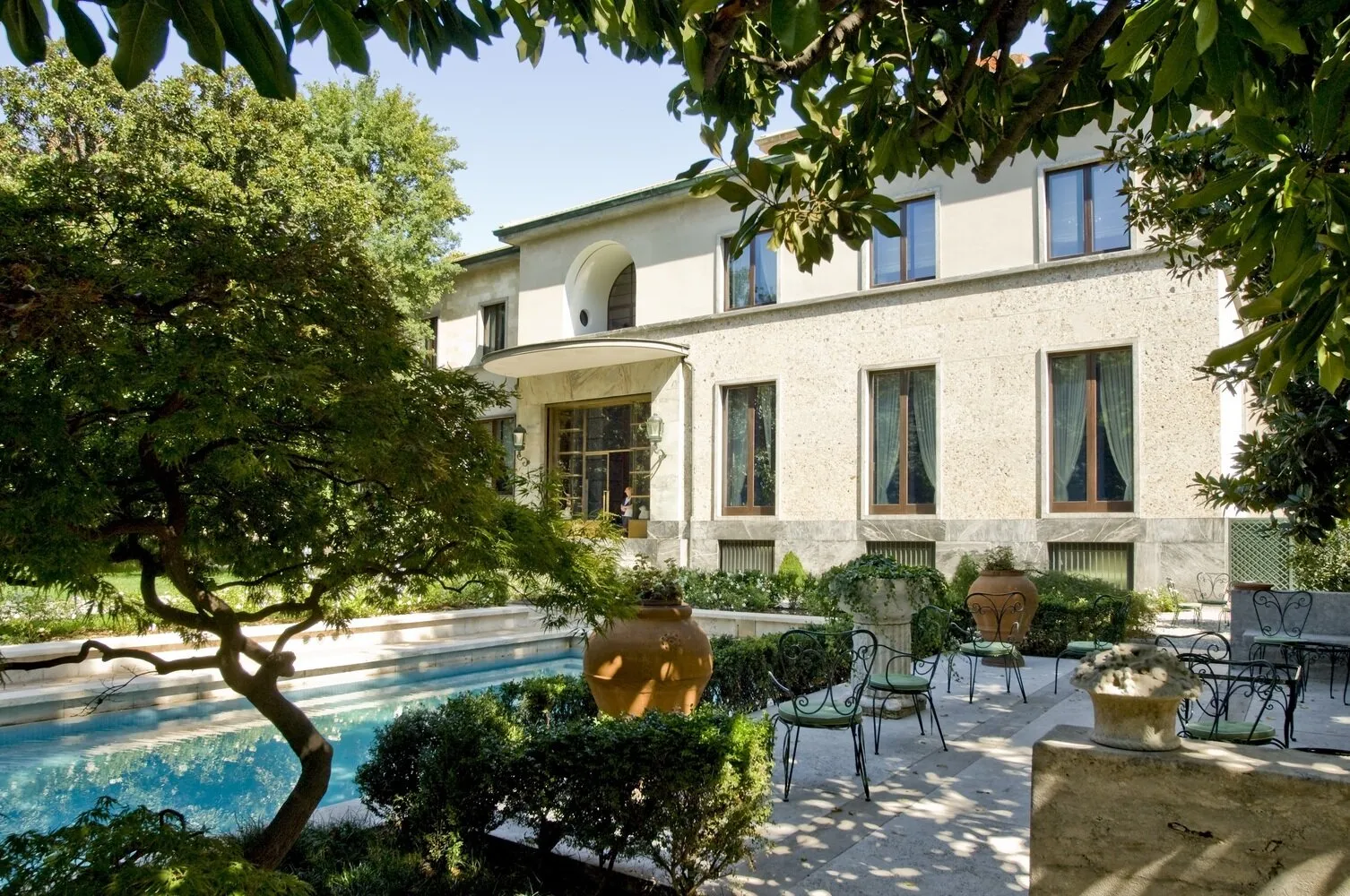
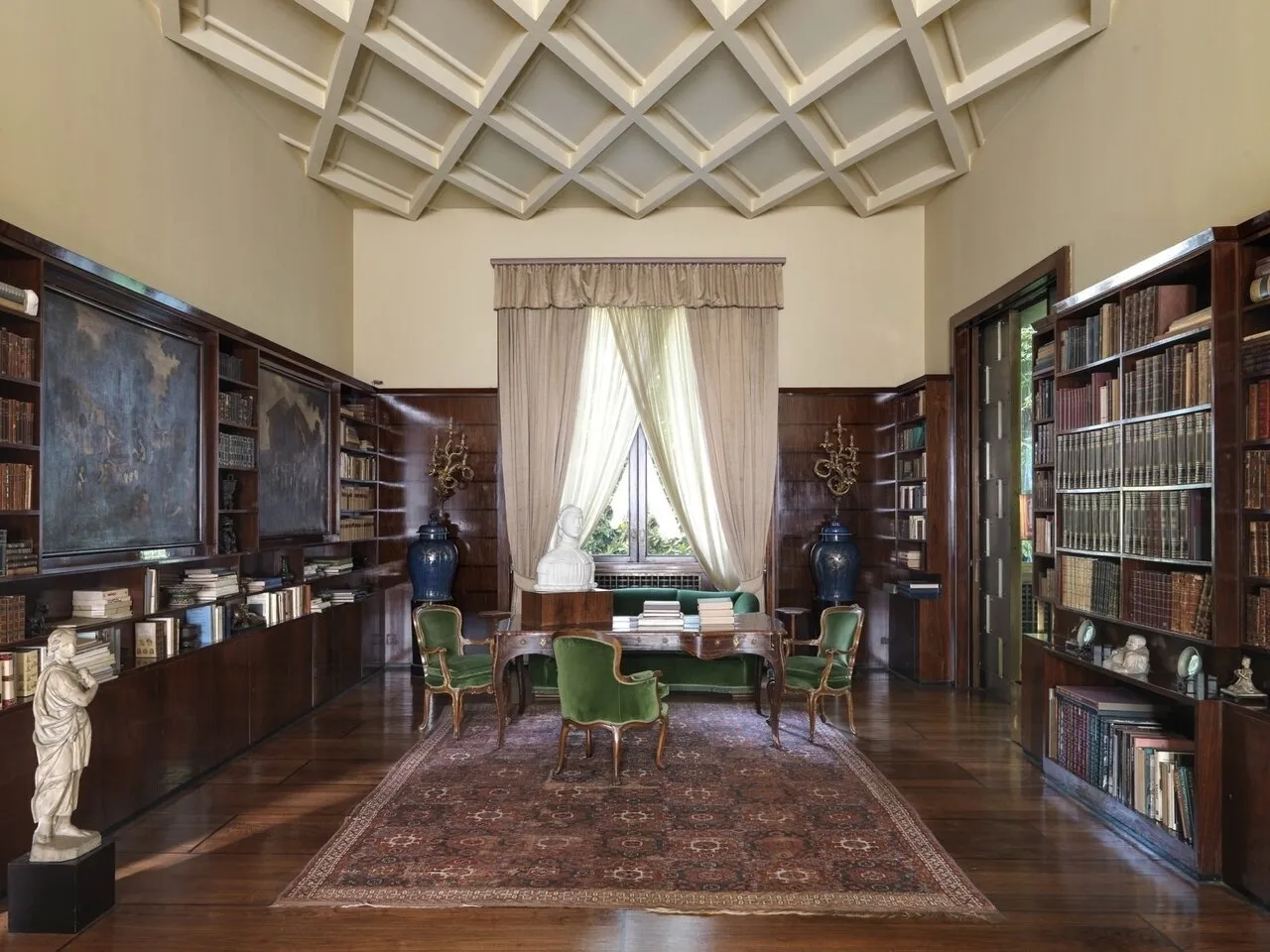

"Breakfast at Tiffany's": A Style Icon in Interior Design
The classic romantic comedy "Breakfast at Tiffany's" (1961) is famous not only for Audrey Hepburn's performance but also for its interiors.
The main character Holly Golightly’s apartment has become an icon of style. Her minimalist interior, featuring a sofa made from half a bathtub and boxes instead of wardrobes, reflects the bohemian lifestyle of her character.
It is interesting that this interior still inspires designers today. Many elements, such as turquoise walls or striped sofas, regularly appear in modern projects.
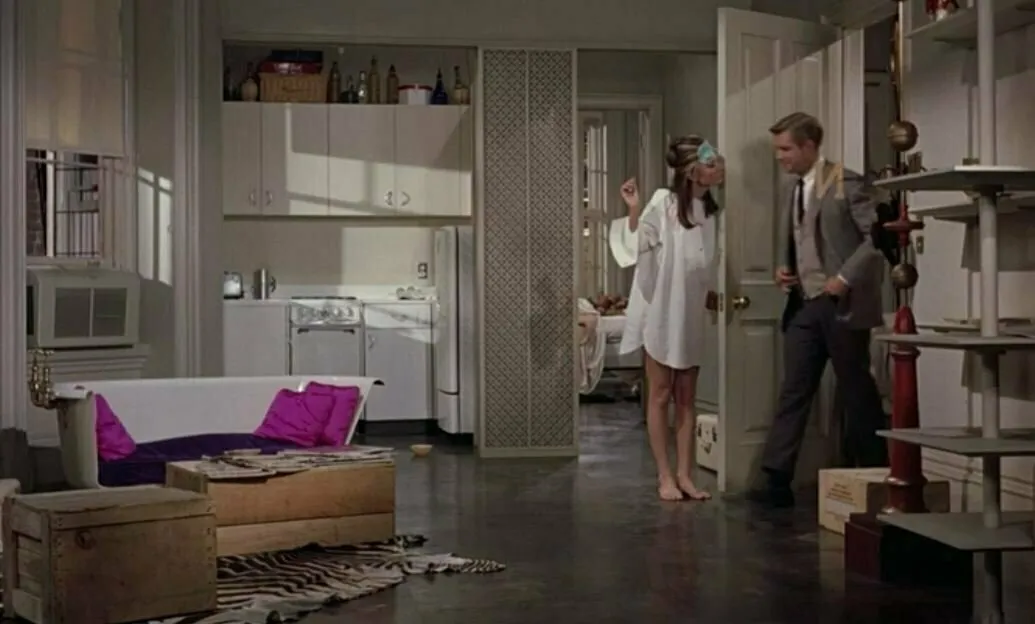
"Rear Window": How to Create Tension in Limited Space
Alfred Hitchcock's thriller "Rear Window" (1954) is a masterclass in working with limited space. Almost all of the film's action takes place inside one apartment and through its window.
Hitchcock uses the architecture of the courtyard and surrounding buildings to create tension and develop the plot. Each window becomes a separate story, and the placement of the buildings plays a key role in the detective storyline.
This film is often studied by architecture students as an example of how space can influence narrative.
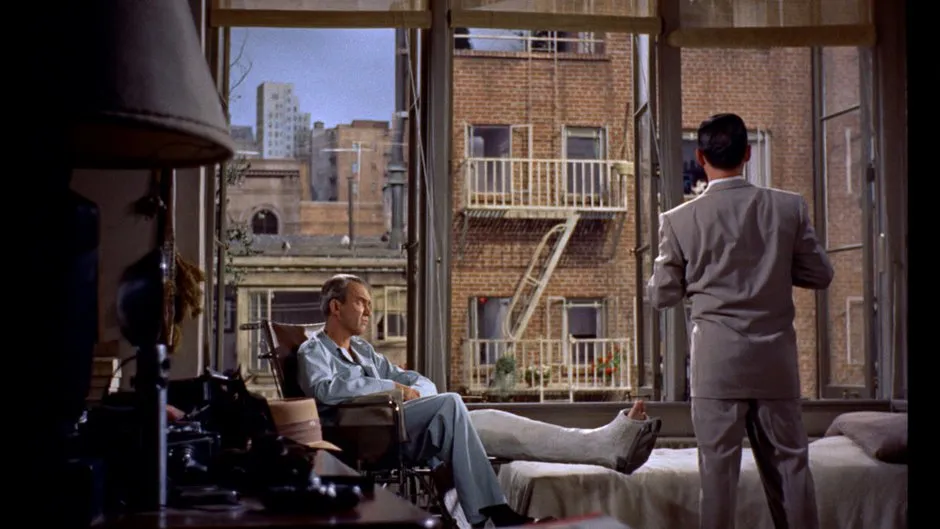
"Mad Max: Fury Road": Post-Apocalyptic Design
George Miller's "Mad Max: Fury Road" (2015) is a true feast for the eyes of industrial design lovers.
The film creates a unique visual world of a post-apocalyptic future. The vehicles are especially impressive—each one is a work of art combining functionality and wild style.
It is interesting that all vehicles in the film were actually built and functional. Designers drew inspiration from old cars, military equipment, and even insects.
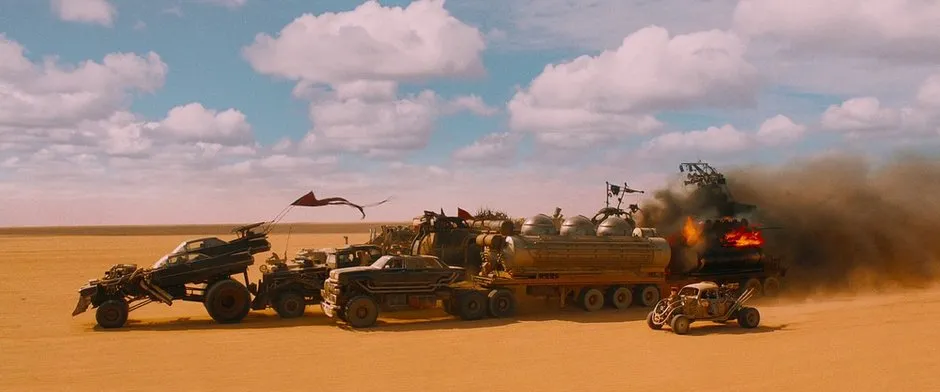
"The Great Gatsby": Luxury of Art Deco
Baz Luhrmann's adaptation of "The Great Gatsby" (2013) is a true feast for the eyes of Art Deco enthusiasts.
The interior of Gatsby's mansion is impressive for its luxury and attention to detail. Gold finishes, geometric patterns, exotic materials—all of this creates the atmosphere of the roaring twenties.
It is interesting that for creating interiors, designers studied real mansions of that time, including homes on Long Island where the novel's action unfolds.

"Blade Runner 2049": The Future in Detail
The sci-fi film "Blade Runner 2049" (2017) by Denis Villeneuve is a look into the future of architecture and design.
The film creates a meticulously detailed future world where architecture reflects social and ecological issues. The urban landscapes, with their massive holographic billboards and abandoned buildings swallowed by the desert, are especially impressive.
It is interesting that for creating the visual style of the film, designers were inspired by real architecture, particularly brutalism and Soviet modernism.

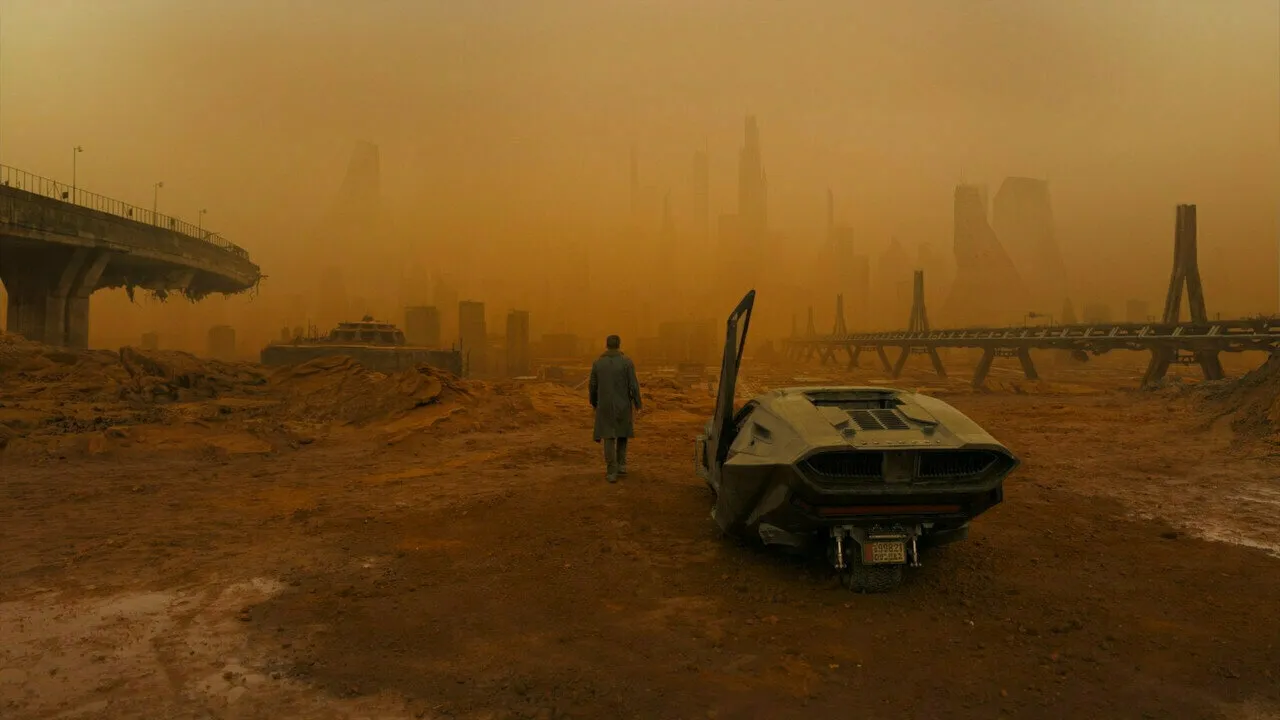

Cinema is not only entertainment but also an important tool for understanding architecture and design. These films help us see how space influences our emotions and behavior, how it can tell stories and create atmosphere. So the next time you watch a movie, pay attention not only to the plot but also to what happens in the background—there might be a true work of art hiding there.
Cover: "The Grand Budapest Hotel" film
More articles:
 Elegant Transformation of a 87 m² Apartment for a Family with Two Children
Elegant Transformation of a 87 m² Apartment for a Family with Two Children 5 Practical Ideas for Decorating a Modern Bedroom
5 Practical Ideas for Decorating a Modern Bedroom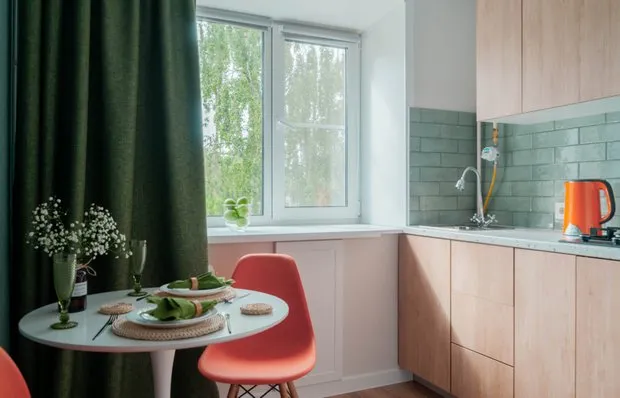 Before and After: Cool Transformation of a Studio Apartment in a Khrushchyovka for 800 Thousand Rubles
Before and After: Cool Transformation of a Studio Apartment in a Khrushchyovka for 800 Thousand Rubles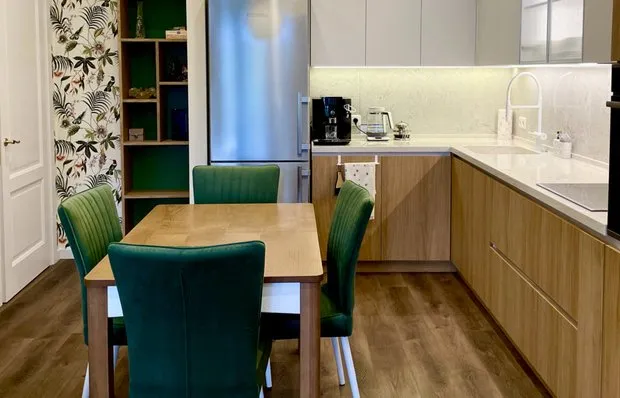 7 Design Tips for Kitchen-Living Room
7 Design Tips for Kitchen-Living Room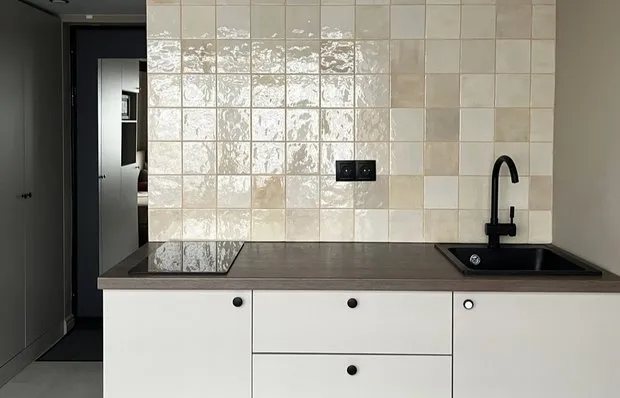 6 Ideas We Spotted in a Tiny 12 m² Studio
6 Ideas We Spotted in a Tiny 12 m² Studio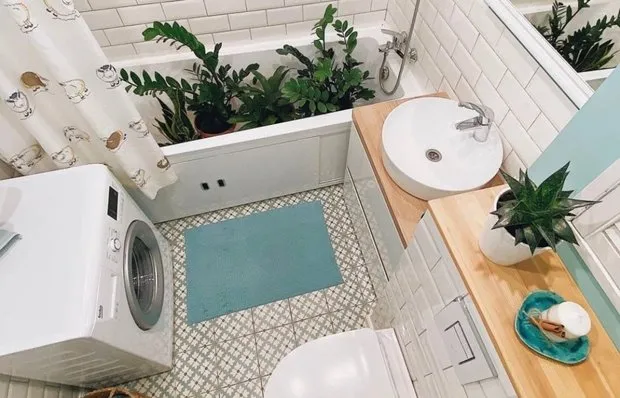 Before and After: Budget Transformation of a 3.8 sqm Bathroom in a Brezhnev-Era Apartment
Before and After: Budget Transformation of a 3.8 sqm Bathroom in a Brezhnev-Era Apartment Top 5 Life Hacks We Spotted in a Stylish 3.4 sqm Bathroom
Top 5 Life Hacks We Spotted in a Stylish 3.4 sqm Bathroom 5 Unusual Solutions for the Bathroom
5 Unusual Solutions for the Bathroom